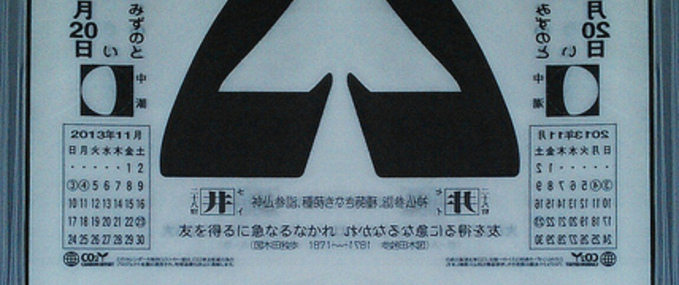You’ve arrived in Japan raring to go, you head to the ticket office to swap your exchange order for the fully-fledged, all access (kind of), shiny Japan Rail Pass. The nice lady at the booth hands you your pass and of course the first thing you do is give it the once over…something doesn’t look right…what’s with the numbers?
Don’t be fooled! Remember Japan currently uses 2 types of dating system:
- The European Anno Domini calendar, in the order of YEAR, MONTH, DAY. So for example the day man first walked on the moon would be written 69.07.21 (21st July 1969).
- The Japanese Era Name (年号 Nengo) system, based on the reign of the current emperor. This also follows the YEAR, MONTH, DAY format, with the ‘year’ corresponding to the number of years the current emperor has been on the throne. For example the year 2014 being ‘Heisei 26’, Christmas Day would be 26.12.25 (25th December in the 26th year of the Heisei Era).
The Japan Rail Pass uses the Japanese Era Name
The Japanese Era Name is widely used and is the type you will see printed in your Japan Rail Pass. When looking at the day your Japan Rail Pass expires please pay attention not to the first set of digits (the Imperial year), but the last set (the day). It’s best to remember this than endure endless double takes and clammy hands…
Crack that code!
For a bit of practice, look at the photo of the Japan Rail Pass above and note the date. You’re right, it definitely doesn’t mean it expired on the 20th May 1926, the Shinkansen was still but a twinkle in its Daddy’s eye!
photo jfeuchter




